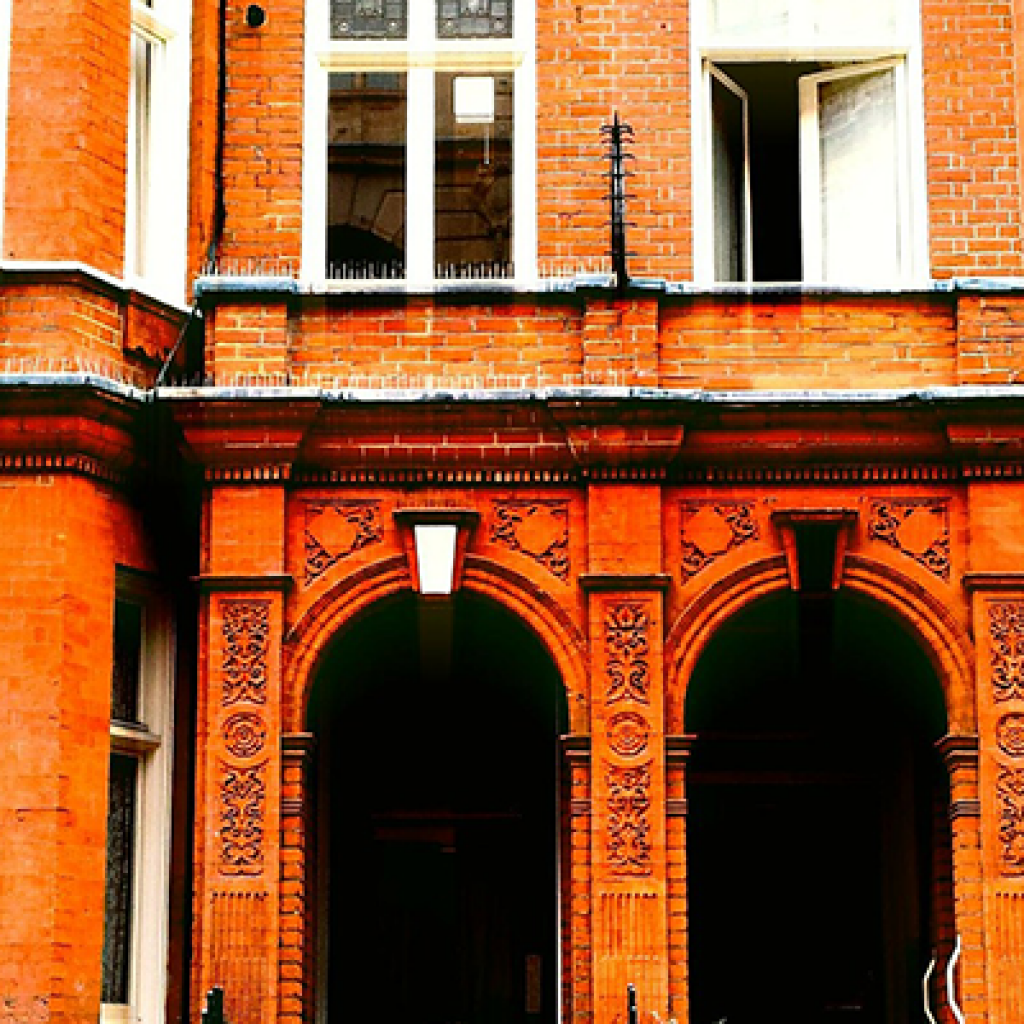The number of houses in the UK has increased by 171,000 in 2015 according to the Department for Communities and Local Government. The change represents an increase of 0.73% between March 2014 and March 2015.
This brings the total of dwellings to 23.5 million, of which 14.7 million are owner occupied, 4.7 million are private rented and 4.0 million social and affordable rented dwellings.
In terms of the increase, 125,00 were private rented, 37,000 owner occupied, 19,00 affordable rented and 9,000 other publuc sector stock.
The increase in owner-occupied stock is the first increase after seven years of decline. However in absolute terms, the proportion of owner occupied homes is still in decline, froma peak of 69.5% in 2002 to 62.8% in 2014 with the percentage for 2015 being 62.5%. The DCLG were also pleased to announce a decrease in the number of unoccupied houses “since records began” all of twelve years ago. This equates to a drop of over a third from 318,642 in 2004 to 203,596 in 2015.
Housing and Planning Minister Brandon Lewis said: “We are turning around the housing market and making sure the best use is made of all housing including empty homes.
“We are very clear that a house should be a home which is why we have taken action to stop homes being bought up and left as an empty investment.
“And we’ve taking forward the boldest ambition for housing in a generation, doubling the budget so we can help a million more people into homeownership, while delivering a bigger, and better private rental sector.”
However an increase of 0.73% may not well be enough to even begin to address the increasing crisis in housing due to an increasing population as well as an increasing number of young adults staying with their parents.
Stephen Wasserman, director of West One Loans, said: “Despite the Government’s pledge to address England’s housing shortage by committing to a number of large-scale projects including building starter homes, these policies aren’t improving the housing situation here and now.
“These disappointing DCLG stats represent the current shortage of places to live in England which is why we are seeing hikes in house prices and rising rents. While the number of dwellings has increased by 0.73% year-on-year, it’s important to remember we have a growing population which overshadows this progress.
“If we are going this fix this worsening problem, more will need to be done to bring empty homes back into circulation. Banks often won’t lend against these properties due to their state of disrepair, so developers should consider short-term finance as a way to fund the renovation of these potential homes. Bringing these properties back into the housing supply would be a major step in conquering the crisis.”




















